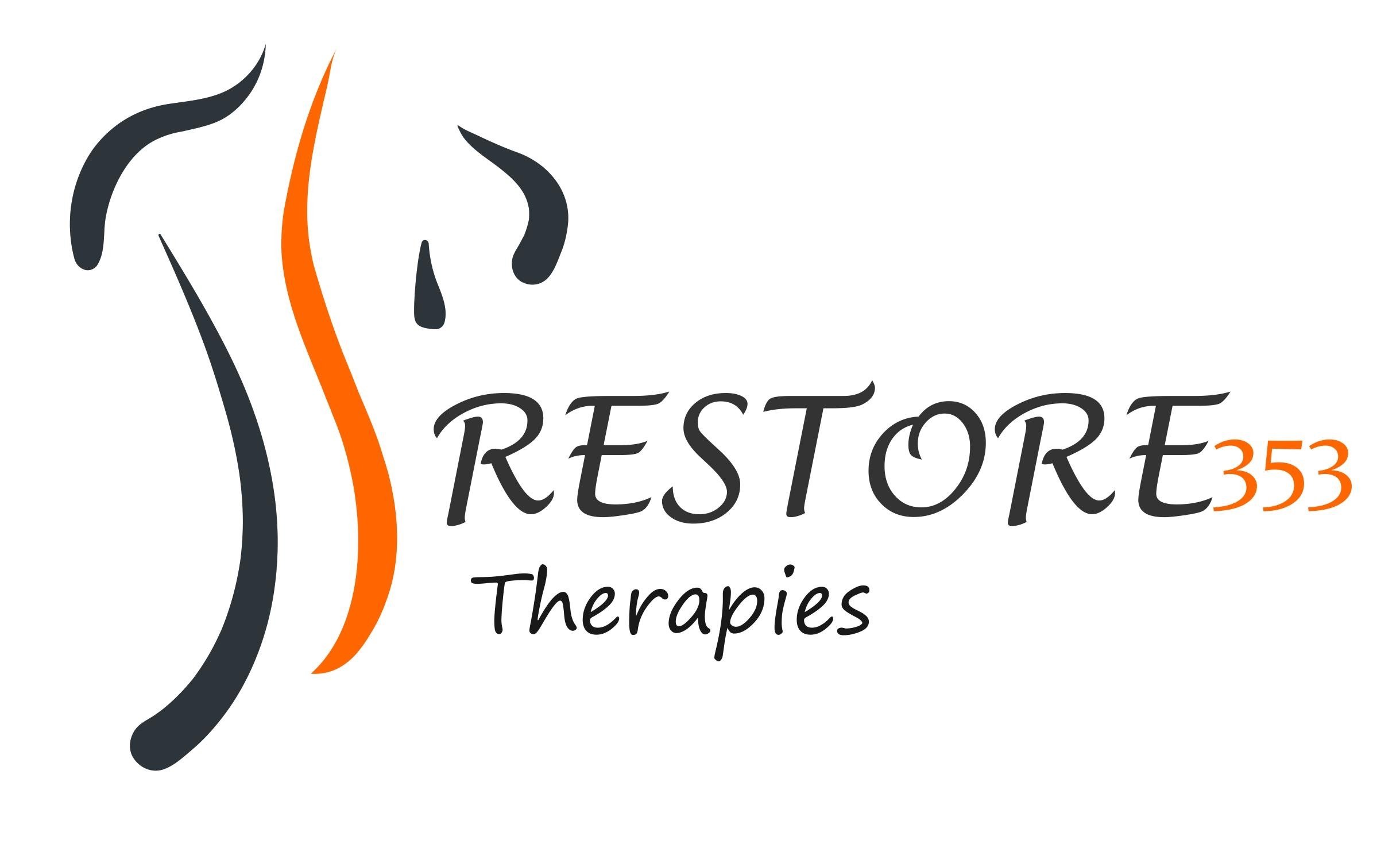Prenatal Yoga: Triangle Pose How-to & Its Benefits
During pregnancy, the body changes in both subtle and dramatic ways, all of which are so beautiful and exciting! I encourage you to use yoga as a means to look inward and take note of every physical, mental, and emotional experience you have, big or small. This awareness will help strengthen the bond between you and your baby, and enrich your experience of your own self during this incredible time.
TRIANGLE POSE - Trikonasana
To Find Triangle Pose:
Start facing forward at the top of your mat. (tadasana) Step one foot about halfway down your mat, and align the outer edge of your foot with the back edge of your mat. Your front toes will be facing forward, and your back foot will be perpendicular to your front foot. In prenatal yoga, we keep the feet a bit closer than we normally would, so that the base is narrower.
Distribute the weight evenly through your feet and lift up with the quadricep muscles in your thighs so that your base is strong and grounded, and your knees are not locking.
Open your arms into a wide “T” shape, and slide your shoulders away from your ears so that your chest can open and your back can strengthen. Find energy flowing from fingertip to fingertip so your arms remain active throughout the pose. Inhale deeply.
Maintaining this “T” shape with your arms, look down towards your front toes and you shift your pelvis toward the back of your mat, allowing your torso to elongate out over your front leg. The tilting forward occurs from the hip joint, not the back or the waist. Your front hand will rest either on your shin or on a block on the inside of your front foot. Fix your gaze ahead of you. Exhale as you tilt forward.
Lift your pelvic floor (which I refer to as activating the “I have to pee” muscles) to tone them, and to give yourself grounding and balance in the pose.
Breathe deeply for 3-5 breaths, and experience the sensations of the pose.
To come out of the pose:
Softly bend your front knee, ground through your legs, and lift your torso upright into a Warrior II position, arms in a wide “T.” (If you’d like more leg strengthening, stay here for another 3-5 breaths) Simply step your back foot forward, and repeat on the other side.
For a modified Triangle Pose:
As you continue into your pregnancy, you may experience difficulty balancing in Triangle Pose, because of your ever-shifting center of gravity. You may also experience tenderness in the joints or low back that make holding triangle pose difficult. In this case, practice a modified Triangle Pose.
Place a chair in front of your mat, seat facing you. Line up your toes with the legs of the chair. Practice the pose as described above, only instead of bringing your front hand onto your shin or a block, place it onto the seat of the chair.
Benefits of Triangle Pose for pregnant women:
Strengthens the back and spine
- Your spine is working to remain long, even with your arm propping you up. Your shoulder blades are yearning towards one another, which will engage the muscles of the back. It is important that your back and spine are healthy during your pregnancy to prevent back strain and pain as you adapt to bearing additional weight.
Opens the chest/shoulders
- As the shoulder blades drawn together behind your back, your arms firm up and your chest and shoulders will open. You may find during pregnancy that your shoulders will begin to round forward as the weight increases (especially if you work at a desk for long periods of time), so practice opening your chest and shoulders at every chance you get!
Stretches the hips/hamstrings/pelvic area
- These areas of the body can become overworked or tense from bearing weight, and if they become too tight, the chances of low back pain increase.
Improves digestion/prevents constipation
- The sidelong angle of your torso paired with the deep cleansing breaths provide an internal massage for your digestive organs which keeps your digestive system functioning efficiently.
Tones pelvic floor/encourages deep breathing
- Strengthening the pelvic floor muscles will aid you during delivery. Practice engaging these muscles while breathing full, fluid breaths which will be useful in between contractions.


